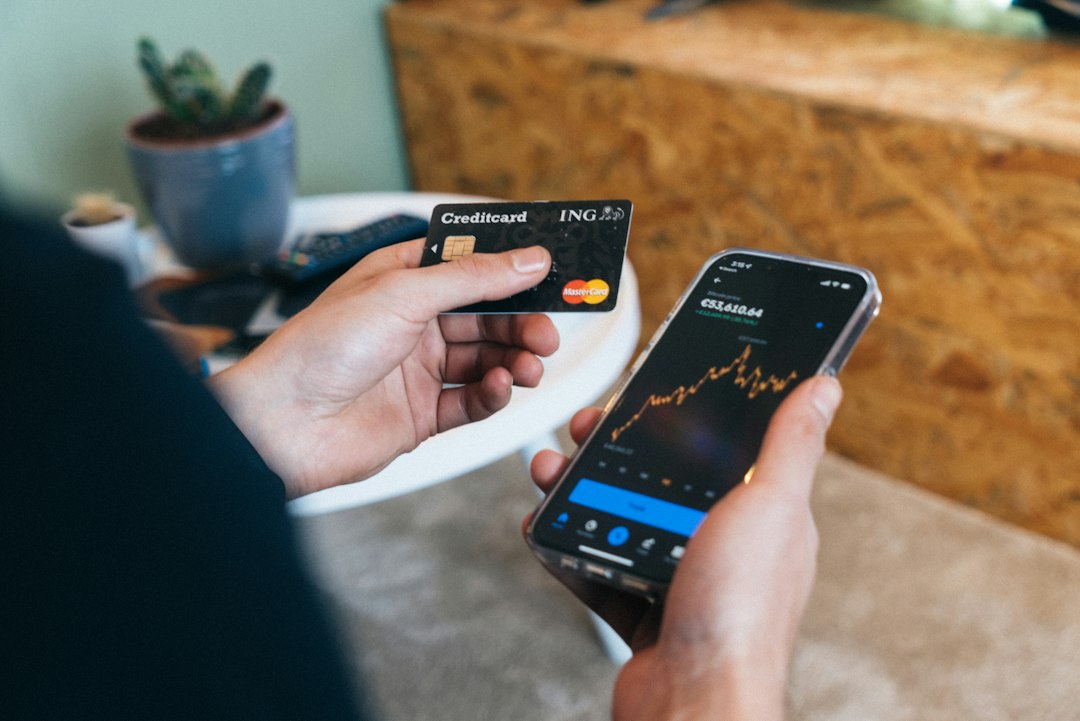The Discovery of the Vulnerability
The National Vulnerability Database (NVD), a comprehensive cybersecurity resource, recently identified a significant security risk associated with Bitcoin Core and Bitcoin Knots. This vulnerability, known as CVE-2023-50428, affects certain versions of Bitcoin Core and Bitcoin Knots. The issue involves bypassing datacarrier size limits by disguising data as code, a technique used by the Inscriptions group in 2022 and 2023.
Impact and Exploitation
This vulnerability has real-world consequences for the Bitcoin network. It allows the bypassing of datacarrier limits, which could result in the flooding of non-transactional data. This spamming potential poses a risk of congesting the blockchain, impacting network performance and transaction fees. The Ordinals inscriptions have actively exploited this vulnerability in recent years.
Ordinals and Network Congestion
The Ordinals Protocol, which gained popularity in late 2022, plays a central role in this scenario. It involves embedding additional data onto a satoshi, Bitcoin’s smallest unit. However, the increased usage of Ordinals transactions has led to network congestion, causing higher transaction fees and slower processing times. This presents challenges for Bitcoin’s network stability and efficiency.
Developer Response and Future Outlook
Bitcoin Core developer Luke Dashjr has been working to address this vulnerability. He compares the issue to junk mail that disrupts essential communications within the Bitcoin network. Dashjr’s efforts have resulted in a patch for Bitcoin Knots v25.1, but Bitcoin Core remains vulnerable until the upcoming v26 release. The resolution of this vulnerability is crucial for maintaining network integrity and potentially restricting future Ordinals inscriptions while preserving existing ones.
Hot Take: The Importance of Addressing Bitcoin Vulnerabilities
Ensuring the security and stability of the Bitcoin network is of utmost importance. The recent discovery of a vulnerability in Bitcoin Core and Bitcoin Knots highlights the need for constant vigilance in identifying and addressing potential risks. By actively responding to vulnerabilities like CVE-2023-50428, developers can safeguard the network from exploitation and maintain trust among users. Efforts to patch vulnerabilities, such as those undertaken by Luke Dashjr, demonstrate the commitment to the long-term viability of Bitcoin. Continued collaboration and proactive measures are essential to protect the network’s integrity and ensure its smooth functioning in the face of evolving threats.





 By
By
 By
By
 By
By
 By
By

 By
By